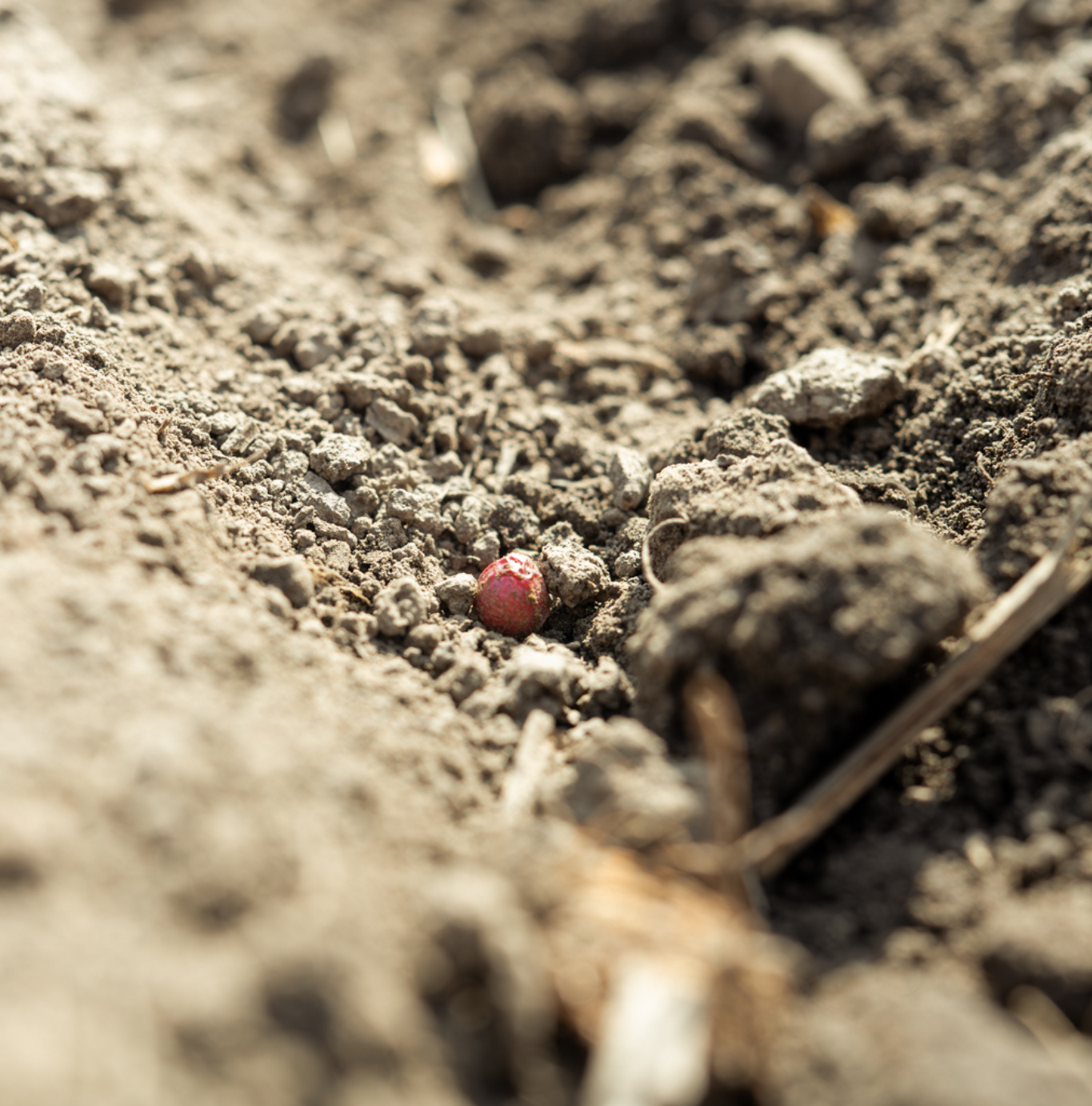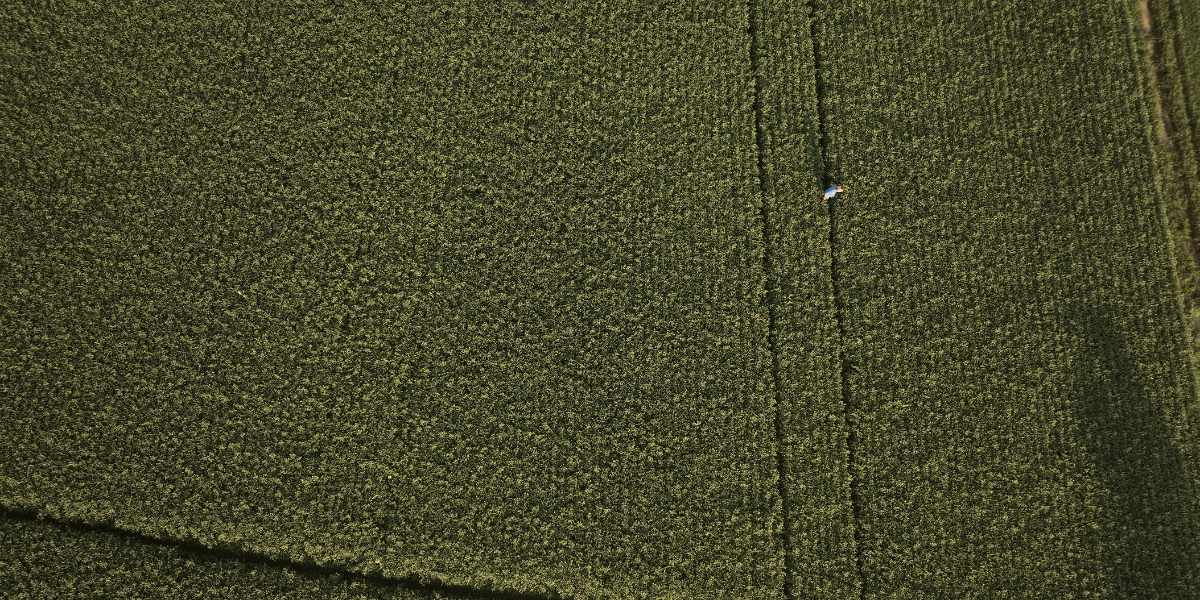Every growing season, Illinois soybean farmers have a laundry list of things that vie for their attention: the weather, the soybean market, weed pressures, crop fertility, harvest preparation and more. Of everything jockeying for your attention in the field, stem diseases might not be at or even close to the top of that list.
But every year, stem diseases quietly infect the crop and cause massive losses. In 2024 alone, soybean farmers in the 29 soybean-growing U.S. states lost just over 250 million bushels (5.4% of the nation’s crop) to soybean diseases, many of them stem diseases. And compared to most years, that number in 2024 was fairly low. Years-long field research shows stem diseases are a big problem and call for equally big solutions.
That means a combination of strategies and practices that start before a single soybean seed has even emerged. Smart seed selection, vigilant scouting, disease testing and sometimes a timely fungicide application is the recipe for strong soybean stem disease control, something that’s under an even brighter spotlight than normal in 2025 when bullish soybean prices call for farmers to get every bushel they can delivered to the market.
“There’s no single solution, and the problem of stem diseases can’t be solved with just a fungicide or seed treatment,” said Illinois Soybean Association (ISA) Outreach Agronomist Stephanie Porter, CCA. “Seed trait packages or weed technologies get a lot of attention because weeds are such a big issue and there’s always an emphasis on yield. That makes these two topics major priorities for growers. But if conditions are right, diseases can sneak up on your crop in any given year.”
Major soybean stem diseases to watch for this year
Research conducted in 2024 showed sudden death syndrome (SDS), Phytophthora root rot (PRR) and white mold were big issues, a sign that could again be the case in 2025 if the “disease triangle” — the combination of susceptible host soybean plant, a virulent pathogen and favorable environmental conditions — favors their development. Research going back to 2010 shows the two diseases were among the leaders in losses of around $60 per acre in Illinois and the northern Midwest.
But these aren’t the only stem diseases for which farmers and their agronomists should be scouting, especially at or after soybeans’ reproductive growth stages. Beyond these three top economic robbers identified in multi-year ISA Checkoff-funded research, other stem diseases consistently challenge Illinois farmers, all with different timeframes for infection and economic damage:
- Stem canker
- Pod and stem blight
- Brown stem rot (BSR)
- Charcoal rot
- Red crown rot (RCR)
Southern Illinois University Crop, Soil and Environmental Management Professor and Plant Pathology Specialist Ahmad Fakhoury is leading multi-year soybean stem disease research. Results of the four-year study to date have yielded an extensive collection of soybean stem pathogens that are a valuable research resource.
“Over the winter, we processed samples collected from the fields last year. We isolated potential pathogens from diseased stems and seeds, extracted their DNA and sequenced the samples to identify the species of the organisms,” Fakhoury said. “In the coming months, we will begin a meta-analysis of all the data collected over the last two growing seasons, which will allow us to formulate recommendations for farmers. Based on our preliminary findings, we plan to intensively collect material from select Illinois locations to confirm the impact of certain management practices on the occurrence of stem diseases.”
Checkoff-funded research will fuel informed disease decisions
The findings of this research will also serve as the foundation of an even broader data set that will continue to inform disease monitoring and management decisions in the future.
“It’s so important to be aware of what’s happening in your fields and to work with an agronomist who will go the extra mile to avoid misdiagnosing a disease,” Porter said. “A mistake can wind up costing you a lot at the end of the year when you see your yield monitor dip during harvest. While you may have to pay a fee, you should always send samples to a plant disease lab to confirm the disease. If you don’t identify it right, you can’t take the right steps to manage it in the future.”
Soybean stem disease research will continue through the 2025 growing season, including a collaboration between Fakhoury, Southern Illinois University Plant Pathology Specialist Jason Bond and University of Illinois Extension Entomology Specialist Nick Seiter, who will investigate new and emerging stem diseases. The ISA Checkoff-funded research — part of a four-year study — aims to advance the understanding of prevalent soybean stem diseases and confirm the impact of management practices to control them.
“There’s no ‘easy button’ that you can push to control disease, so it’s a matter of leveraging the right combination of management practices and tools to avoid losing bushels and crop revenue from your farming operation,” Porter added.
Until those results are completed at the end of the growing season, you can see all the latest research data to date on soybean stem diseases and more at FieldAdvisor.org. Contact Porter (stephanie.porter@ilsoy.org) if you have questions about a stem disease or for help diagnosing one in your soybean fields.
Recent Articles
Why growers should engage their policymakers and monitor challenges to soybean oil in Illinois.
By David Kubik, ISA Biofuels & Trade Policy Manager
Learn about USDA's Soybean Germplasm Collection that is located at the University of Illinois.
By Ashley Rice-Haddon, ISA Content Manager


